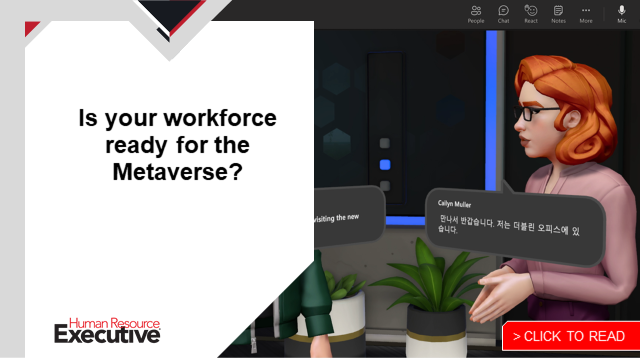Even though payroll is mostly automated these days, some employees still struggle to understand what their paycheck amounts will be from pay period to pay period. This confusion and lack of transparency can build distrust, a desire to leave for another job and lower productivity inside the organization.
An employee-driven payroll system can not only alleviate how HR and payroll departments process payments, it can boost the bottom line and employee financial wellness, according to Jasmine Sievert, public relations team lead, and Christie Schmidt, HRIS manager, for Paycom, a payroll solution provider. They presented these finding and more in their HR Tech Virtual Conference core session entitled, “How Employee-Driven Payroll Can Help Boost Compensation and Compliance Confidence.”
An employee-driven payroll system gives workers more control over payment processing: For instance, they can enter their work hours into a mobile app where they can see information about their pay cycles, PTO, expenses and any other information pertaining to their payment. This allows them to have an idea of their financial health and plan for paying bills or building their savings. By putting this responsibilities in the hands of employees, HR and payroll professionals can also streamline the payroll process, monitor for errors and reduce the time it takes to pay the workforce.
 Related: 10 themes from the HR Tech Virtual conference to help you prepare for the next decade
Related: 10 themes from the HR Tech Virtual conference to help you prepare for the next decade
“You can make your already-efficient process operate even leaner by going from 14 steps to five” with an employee-driven payroll system, said Schmidt.
An employee-driven payroll system, like Paycom’s Beti, can increase payroll accuracy by automatically looking for errors and reducing the need to cut paper checks or contact an employee’s financial institution union if an error occurs. Such mistakes are costly: An EY study that found that each manual correction to an incorrect payroll payment costs $4.70.
A reliable payroll process can boost an employee’s image of their employer and HR department. Sievert cited a recent poll of 300 HR and payroll/accounting professionals that found that 91% agreed when an employee’s payroll is incorrect, it impacts the employee’s perception of their employer and it could break their trust.
“You don’t want to be known as a company that doesn’t pay their employees correctly,” warned Sievert.
Related: 3 innovations in payroll tech that every HR leader needs to know
Beti, Paycom’s app, allows employees to enter the amount of hours they worked, manage PTO requests, enter business expenses and more. The app automatically handles the payment processing and eliminates the need for data re-entry as it checks for errors. Executives can also view data and gather employee insights via the application’s dashboard, according to Schmidt.
Employee-driven payroll doesn’t, however, mean that employees can alter their pay rate. “Putting employees in charge of running their own payroll is giving them increased insight into what they can control, like PTO requests,” said Schmidt.
Turning over that control, according to Sievert, can relieve employee financial stress and, in turn, boost a business’ bottom line. The speakers cited research from PwC that found that nearly 50% of employees who worry about their financial health are less effective during their workday.
 “[When employees have more insight into payroll,] you’re not losing money due to ineffective work by employees who are too stressed about their finances to focus on work,” she said.
“[When employees have more insight into payroll,] you’re not losing money due to ineffective work by employees who are too stressed about their finances to focus on work,” she said.
“If we can take away this stress, why wouldn’t we?” added Schmidt.
Registered attendees can view all HR Tech Virtual presentations through April 4 here.
The post How an employee-driven payroll system can promote financial wellness appeared first on HR Executive.